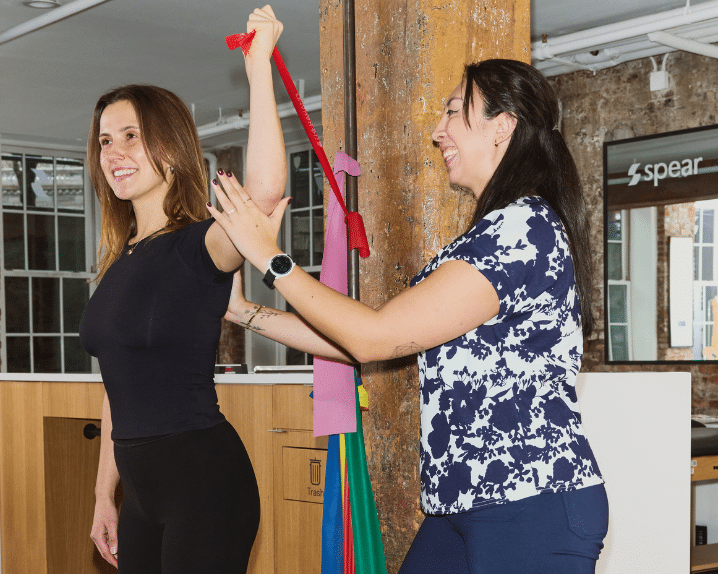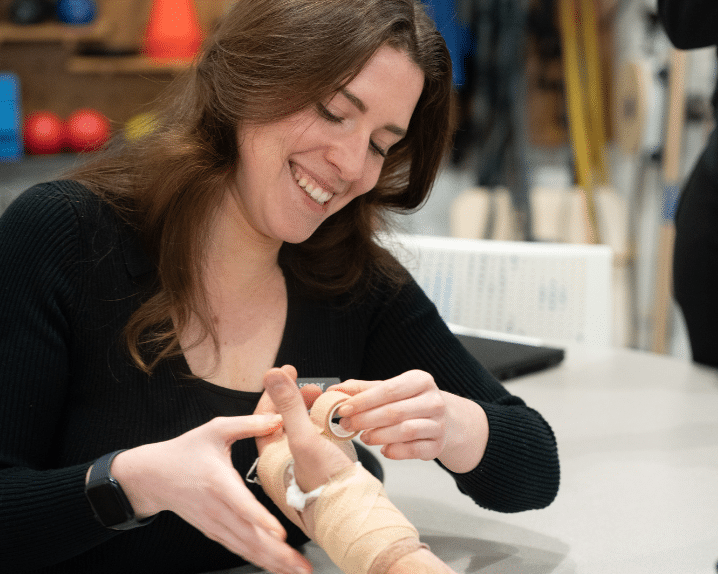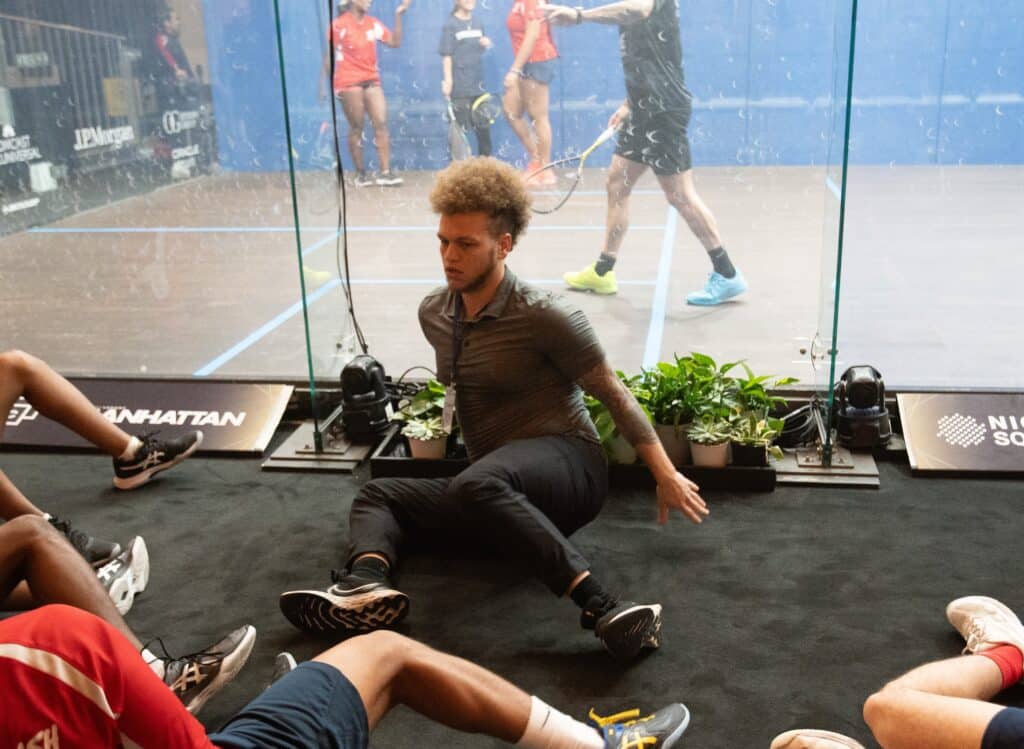By Khyati Kyada, PT
Racquet sports such as tennis, badminton, squash, and pickleball are excellent for boosting both physical fitness and mental agility. However, the fast-paced movements, repetitive actions, and physical demands can put players at risk of injury… Luckily, with the right approach, you can enjoy the game while safeguarding your health! Here is how to stay injury-free and perform at your best:
The Most Common Risks of Injury
- Repetitive Motions: The repetitive act of swinging a racquet can strain muscles and joints over
- High-Impact Movements: Quick pivots, sudden direction changes, and jumping can place stress on the knees, ankles, and hips.
- Improper Technique: Poor grip, incorrect swing mechanics, and faulty footwork can increase strain and lead to injuries.
- Insufficient Conditioning: Weak or inflexible muscles may struggle to handle the demands of
- The Wrong Gear: The wrong racquet or shoes can heighten your risk of
Seven Proven Strategies for Injury Prevention
- Warm Up the Right Way
- Prepare your body for action with a proper warm-up. Begin with light cardio—like jogging or jumping rope—then move into dynamic stretches to loosen up your arms, legs, and core.
2. Build Strength Where It Counts
- Shoulders: Strengthen the rotator cuff with resistance band
- Core: Focus on core stability with planks and bird-dog exercises for better control and movement
- Legs: Incorporate squats and lunges to boost power and
3. Stay Flexible
- Before Play: Use dynamic stretches like leg swings and side shuffles to mimic the movements you will make during the game.
- After Play: Stretch your hamstrings, quads, and shoulders to promote recovery and prevent
4. Perfect Your Technique
- Proper form minimizes unnecessary strain. Learn the correct grip, swing mechanics, and footwork for your Additionally, ensure your racquet fits your hand size, and always maintain good posture during play.
5. Choose the Right Gear
- Racquet: Select one with the ideal grip size and string tension for your skill
- Shoes: Wear court-specific shoes to support your movements and prevent
- Protective Gear: Consider wristbands, ankle braces, or knee supports if you are prone to
6. Build Endurance Gradually
- Avoid overexertion by gradually increasing the intensity and duration of your Pacing yourself helps prevent overuse injuries and allows your body to adapt safely.
7. Prioritize Recovery
- Hydrate consistently, allow time for rest, and incorporate recovery techniques like foam rolling to relieve muscle tension and aid recovery.
Common Injuries and How to Prevent Them
- Tennis Elbow: Opt for a lighter racquet, avoid over-gripping, and focus on strengthening your
- Rotator Cuff Strain: Build shoulder strength and limit repetitive overhead
- Ankle Sprains: Practice ankle mobility exercises and consider ankle braces for added
- Knee Injuries: Strengthen your leg muscles to stabilize the knees and focus on correct foot placement during movement.
- Lower Back Pain: Maintain a neutral spine while playing and build core strength for
Off-Court Habits for Long-Term Health
- Cross-Training: Complement your racquet sport with low-impact activities like swimming or cycling to avoid overuse injuries and balance your fitness routine.
- Eat Smart: A nutrient-rich diet fuels your body, supports muscle recovery, and enhances overall
- Stay Mindful: Mental wellness is just as Mindfulness techniques can help you stay focused and manage stress.
I find racquet sports to be an enjoyable and rewarding way to stay active, but I also know how important injury prevention is for long-term success. By taking the time to warm up properly, strengthen key muscle groups, use the right equipment, and listen to your body’s signals, you can play with confidence and perform at your best.
If you’re looking for a personalized injury prevention plan or need professional guidance, I’d be happy to help. My name is Khyati Kyada, and I work at Spear’s 57th Street location. Let’s work together to keep you playing strong and injury-free!


